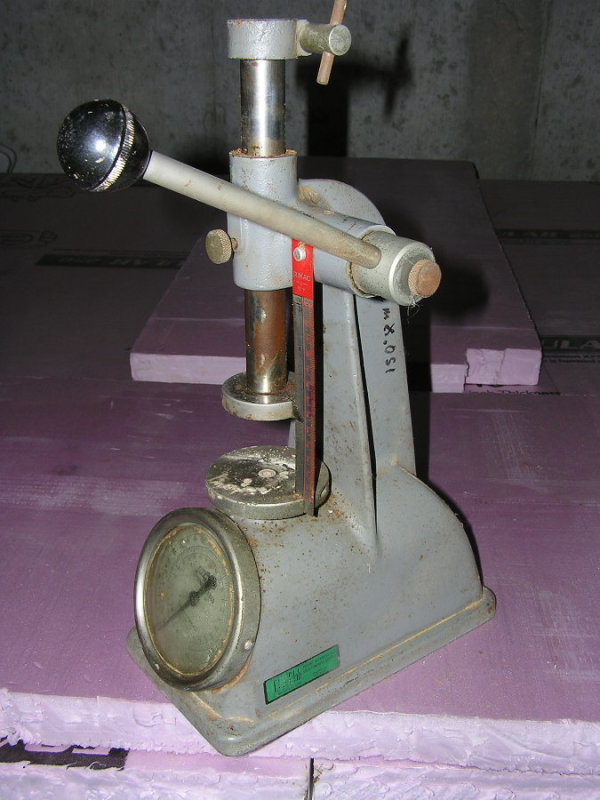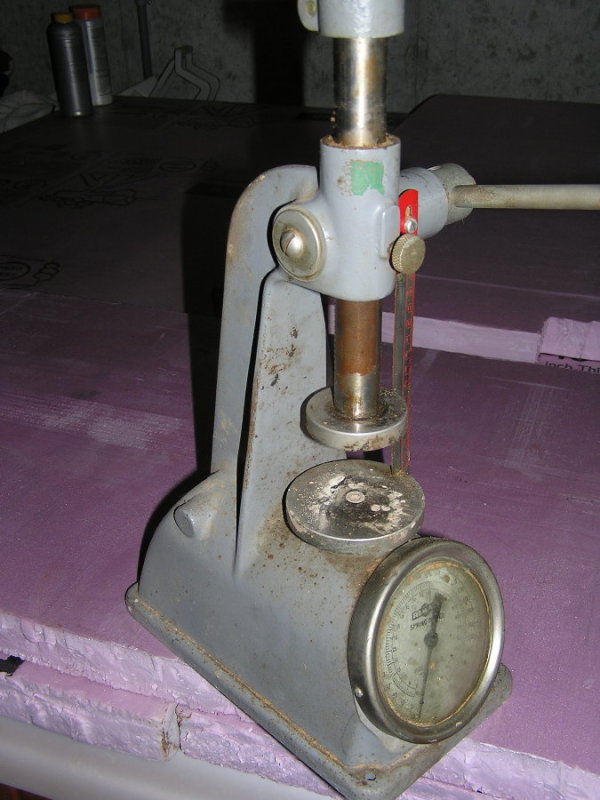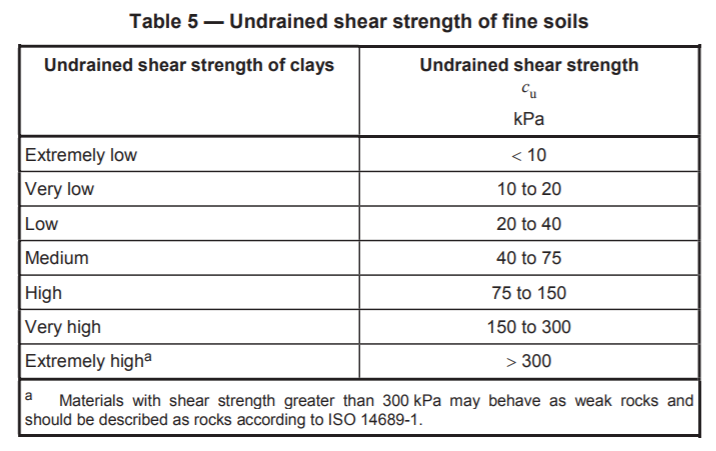pelelo
Geotechnical
- Aug 10, 2009
- 357
Experts,
I think this have been a topic many engineers have argued about.
The consistency of clays, how is more reliable to determine it?, based on the SPT-N blowcounts or based on the unconfined compressive strength (UCS)?.
I understand it is easier to do it based on the blowcounts than sending the sample to a lab to get the consistency. What do you think is the right way?.
In my practice, I tend to determine the consistency based on the UCS provided by the pocket penetrometer. I understand that the pocket penetrometer is not the most accurate device.
I just don't use consistency based on the blow counts.
Please share your thoughts.
I think this have been a topic many engineers have argued about.
The consistency of clays, how is more reliable to determine it?, based on the SPT-N blowcounts or based on the unconfined compressive strength (UCS)?.
I understand it is easier to do it based on the blowcounts than sending the sample to a lab to get the consistency. What do you think is the right way?.
In my practice, I tend to determine the consistency based on the UCS provided by the pocket penetrometer. I understand that the pocket penetrometer is not the most accurate device.
I just don't use consistency based on the blow counts.
Please share your thoughts.



